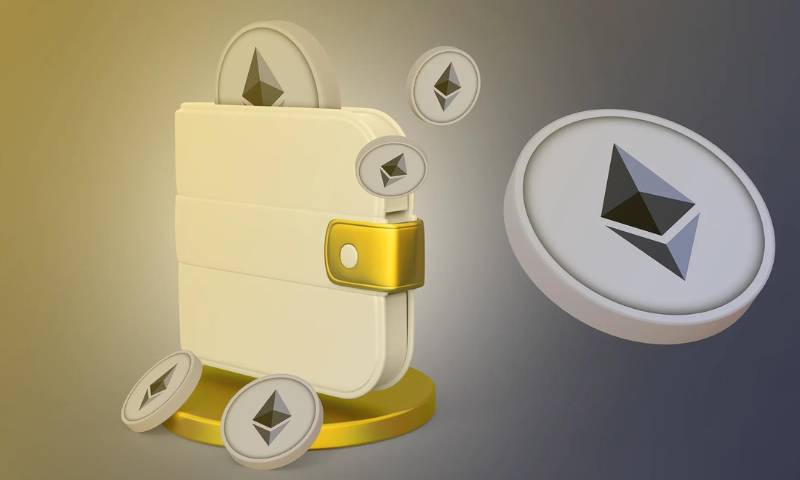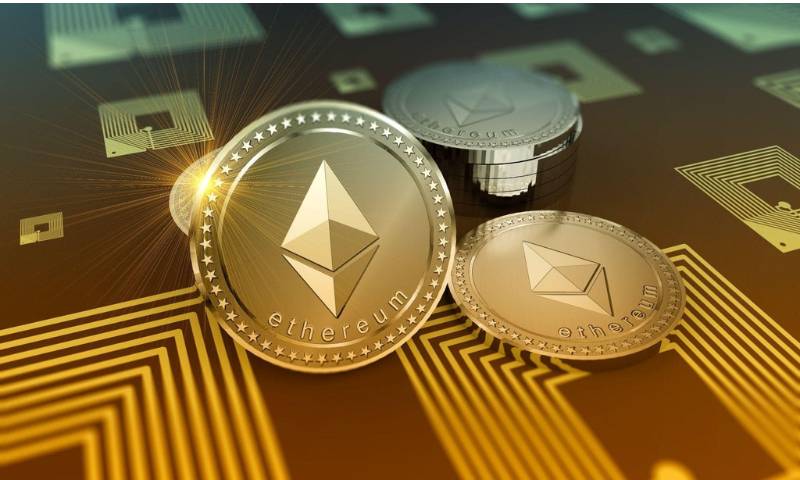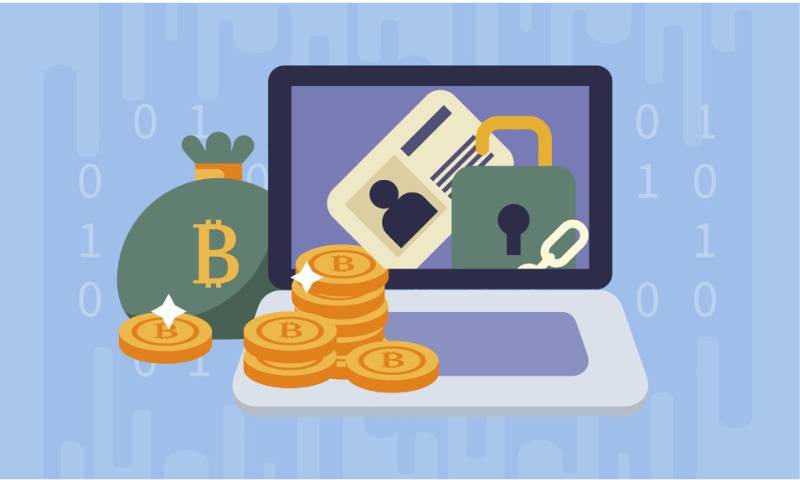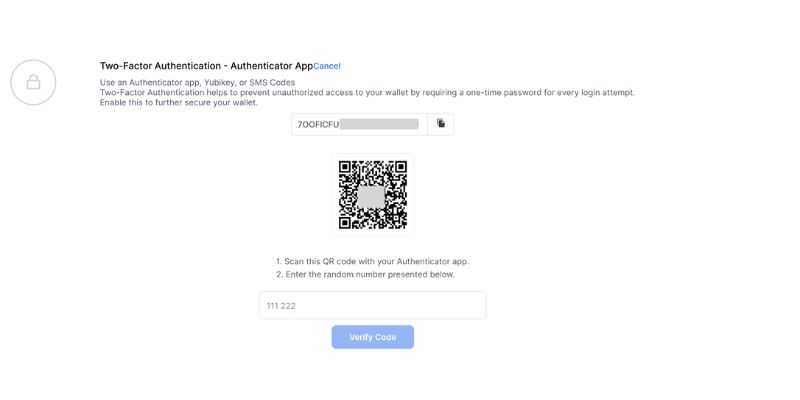Ethereum desktop wallet isn’t just another buzzword; it’s your safe haven in the crypto storm. As a savvy crypto enthusiast, you know that the right wallet can mean the difference between a sleep-easy night and a nail-biting one. The choices can be dizzying, but fear not! You’re about to dive into a clear, no-frills guide that will light your way through the maze of Ethereum wallets for desktop. From pinpointing indispensable features to tightening up security, you’ll be well-equipped to manage your digital gold like a pro. Walk with me as we unravel the mysteries of selecting the perfect Ethereum desktop wallet, setting it up like a techie, and turning your digital wallet into Fort Knox. Get ready to transform from a curious bystander to a bona fide Ethereum warrior.
Choosing the Right Ethereum Desktop Wallet
Understanding Different Types of Ethereum Desktop Wallets
When picking an Ethereum wallet for desktop, you must know your choices. Some keep your data online, while others don’t need web access. Think of them as chests. Some chests you can carry around; others are too heavy. Online ones, called “hot wallets,” are always connected, quick, and easy to use. But there are risks since they are always online. The heavy chests are “cold wallets.” They stay offline, much safer but not as handy. Most desktop ETH wallets are somewhere in between. They live on your PC and can hold your Ethereum and ERC20 tokens.
What’s a full node wallet? It’s a wallet that downloads the whole Ethereum blockchain. It takes more space and time but gives you control and security. It’s like having your own bank vault. A “light client” doesn’t need the whole blockchain. It’s smaller and faster, like a safe deposit box in a shared vault.
Features to Look for in the Best Ethereum Software Wallet
Now, what makes the best Ethereum software wallet? The right features do. First, security is key. Look for wallet encryption that keeps your tokens safe like a lock does for a door. Backup wallet solutions are like spare keys. They let you access your crypto if something goes wrong with your main key.
You should be able to easily send Ethereum from desktop and receive ETH on PC. Think of it as mailing a letter from your house. It should be that simple. And the desktop wallet interface should be easy — no need for a manual each time you use it. Your wallets should also support decentralized applications. That means you can join in on cool projects right from your wallet.
Support for different operating systems, like a Windows Ethereum wallet or a Mac Ethereum wallet, is important too. You want a wallet that works no matter which computer you use. Linux Ethereum wallets are great for those who love this open-source platform.
A tip for managing Ethereum on PC: keep an eye on wallet transaction fees. Using Ethereum Gas price knowledge can save you money. Imagine shopping sales — you want the best deal for sending your ETH too.
And about ERC721 tokens on desktop wallet, these are like collectible cards. You want a wallet that lets you show them off and trade them.
Remember, the best Ethereum software wallet is one that fits your life. It should feel like the perfect pair of shoes — comfortable, reliable, and just right for you. They keep your steps secure without you thinking about them too much.
When you’re ready, make installing the Ethereum wallet your next project. It’s a big step in taking charge of your digital treasure. Enjoy the ride and the peace of mind that comes with knowing you picked the right tool for the job.
Setting Up Your Ethereum Wallet on Desktop
The Installation Process for Your Desktop ETH Wallet
Getting your Ethereum wallet for desktop ready is straightforward. First, pick a wallet. Look for one that fits your needs. The best Ethereum software wallet has ease of use and high security. Once you choose it, download the software. This step is for Windows, Mac, or Linux. Now, run the installer and follow the on-screen steps.
Make sure your internet is secure while you install. Most wallets will start syncing with the Ethereum blockchain after they launch. This can take some time, so be patient.
Securing Your Wallet: Encryption and Backup Solutions
Keep your Ether safe by encrypting your new Ethereum desktop client. Create a strong password that’s hard to guess. Never share it. Next, back up your wallet. Many wallets prompt you for backup during the first run. Don’t skip this part.
Write down your wallet seed phrase and store it somewhere safe. If your computer crashes, this phrase is the only way to get your ETH back. Consider using a desktop multisig wallet for extra security. This needs more than one key to send ETH. It’s like a safety deposit box.
Remember, keeping your private keys secure is your top job. Never store them on your computer without encryption. And think about cold storage on desktop. That means keeping some ETH offline. It’s very safe from hackers.
In all, setting up and securing your desktop ETH wallet is crucial. Do it right, and you can manage Ethereum on PC without stress. Just always stay smart about your wallet’s security. Now, you’re ready to start using your ETH desktop wallet features, like sending and receiving crypto or staking your ETH for rewards.
Managing Your Crypto Assets Effectively
Sending and Receiving ETH: A Step-by-Step Guide
Having a desktop ETH wallet makes managing Ethereum easy. Let’s start by sending ETH.
Step 1: Access Your Wallet.
Open your Ethereum desktop client. Make sure it’s up to date.
Step 2: Enter the Receiver’s Address.
Click ‘Send’. Paste the recipient’s address carefully.
Step 3: Type the Amount.
Enter how much ETH you want to send. Be exact.
Step 4: Adjust Transaction Fees.
This part is tricky. You can set the gas price. It affects how fast your transaction goes through. Lower gas, longer wait. Choose smart.
Step 5: Double-Check, Then Send.
Always review the details. Once sure, hit ‘Send’.
Receiving ETH is simpler.
Step 1: Get Your Address.
In your wallet, find and copy your address.
Step 2: Share It.
Give your address to the sender. They will use it to send ETH to you.
Make sure your computer is secure. Don’t share your private keys. And always backup your wallet. Keeping safe is key.
Leveraging ERC20 Token Support and dApp Integration
Your Ethereum wallet for desktop isn’t just for ETH. It’s a toolbox.
For ERC20 tokens:
First, see if your wallet supports them. Good news? Most do.
Adding a token:
Some wallets find and list them automatically. For others, you need to:
- Open the token adding section.
- Enter the token’s address, symbol, and decimals. This can seem hard. But with a good guide, you’ll nail it.
Now, for using dApps:
Connecting your wallet to dApps:
Find the dApp. Look for a ‘Connect Wallet’ button. Click it, then choose your desktop ETH wallet. Some might ask for a signature. It’s like a digital nod that yes, you want to connect.
Playing with dApps opens a world of finance, games, and more.
So, you see, a desktop wallet is a power hub on your PC. It lets you manage crypto, play with tokens, and explore new services. And it does this all from the comfort of your screen. Next up, we’ll dive into the nitty-gritty of wallet security and backups. Stay tuned!
Advanced Usage and Security Measures
Exploring ETH Staking and Smart Contracts on a Desktop Wallet
You love your desktop ETH wallet. It’s like a Swiss Army knife for your digital coins. But it’s got some secret tools, too! Let’s talk about ETH staking and smart contracts.
Staking ETH is a way to earn more coins. Just by holding and ‘locking’ your coins in your wallet! It’s like planting a seed and watching it grow. You help the Ethereum network, and it rewards you. All you need is your desktop wallet and some ETH.
Smart contracts are like magic spells for your coins. They’re programs that run when conditions are met. With a desktop wallet, you can join this magic. You send ETH to a smart contract and it can lend, trade, or do other cool things. You don’t always need to be tech-savvy. Your wallet interface makes it easier.
Ensuring Continuous Security with Wallet Seed Phrase and Multisig Options
Now let’s get serious. Security is a big deal. A really big deal. You have to protect your ETH. Like a dragon guards its gold. Your wallet seed phrase is your master key. If you lose it, you’re locked out of your treasure. Always keep it safe!
What’s a seed phrase? It’s like a super-secret code that opens your wallet. Without it, no one can access your coins. So, write it down and store it like it’s the most valuable thing you own. Because it sort of is.
Multisig is like a lock with many keys. It’s a setup where you need more than one key to open your wallet. It’s great for teams or extra security. It means more than one person has to say “yes” to use the coins.
Keep these tips in mind for top-notch security with your ETH wallet:
- Always backup your seed phrase.
- Think about multisig for more safety.
- Keep your wallet software up to date.
- Don’t share your keys or seed phrase. Ever.
Remember, the power of managing Ethereum on PC is huge! But with great power comes great responsibility. So take these advanced features and security measures seriously. Your future self will thank you.
In this post, we’ve dived into choosing, setting up, and managing an Ethereum desktop wallet. Remember, picking a wallet starts with knowing the types. Then, focus on key features like safety and ease of use. Setting up is simple: install your wallet, then secure it well. Keep your crypto safe by encrypting and backing up your data.
We also walked through sending and receiving ETH and using ERC20 tokens and apps. Finally, we explored advanced options like staking and smart contracts. Safety always comes first. So, don’t forget to protect your wallet with a seed phrase and maybe even multisig.
All in all, managing your Ethereum wisely means staying informed and updated. A desktop wallet is a powerful tool, but only if used right. Keep learning, stay secure, and make the most of your crypto journey!
Q&A :
What is an Ethereum desktop wallet?
An Ethereum desktop wallet is a software application that allows users to manage their Ethereum cryptocurrency directly from their desktop computer. It provides a secure way to store, send, and receive ETH tokens and interact with smart contracts on the Ethereum network. Desktop wallets can offer more control and security compared to web wallets, as they store your private keys offline on your own hardware.
How do I choose the best Ethereum desktop wallet?
Choosing the best Ethereum desktop wallet involves several factors. Look for a wallet that offers robust security features like encryption and two-factor authentication. Ensure it has an intuitive user interface suitable for your experience level. Consider wallets that are compatible with multiple cryptocurrencies if you plan on diversifying your portfolio. Additionally, check for positive community feedback and ongoing support from the developers.
Are Ethereum desktop wallets secure?
Ethereum desktop wallets are generally secure, especially if they allow you to control your private keys. However, their security largely depends on the user’s practices. To enhance security, always keep your desktop wallet software updated, use strong, unique passwords, and utilize additional layers of security like hardware wallet integration or multi-signature features. Be cautious of malware and viruses which can compromise your wallet if your computer gets infected.
Can I use an Ethereum desktop wallet for free?
Yes, most Ethereum desktop wallets are free to download and use. Wallets typically do not charge for storing your ETH or for the software itself. However, when you conduct transactions, you will need to pay Ethereum network fees, also known as “gas fees,” which are not related to the wallet but to the Ethereum blockchain itself.
What’s the difference between a desktop wallet and a hardware wallet for Ethereum?
A desktop wallet is a software-based wallet that stores your private keys on your computer, while a hardware wallet is a physical device that stores your private keys offline. A hardware wallet is considered more secure because it is immune to online hacking attempts when not connected to a computer. In contrast, desktop wallets are more convenient for frequent transactions but are more vulnerable to malware and cyber attacks as they are connected to the internet.






